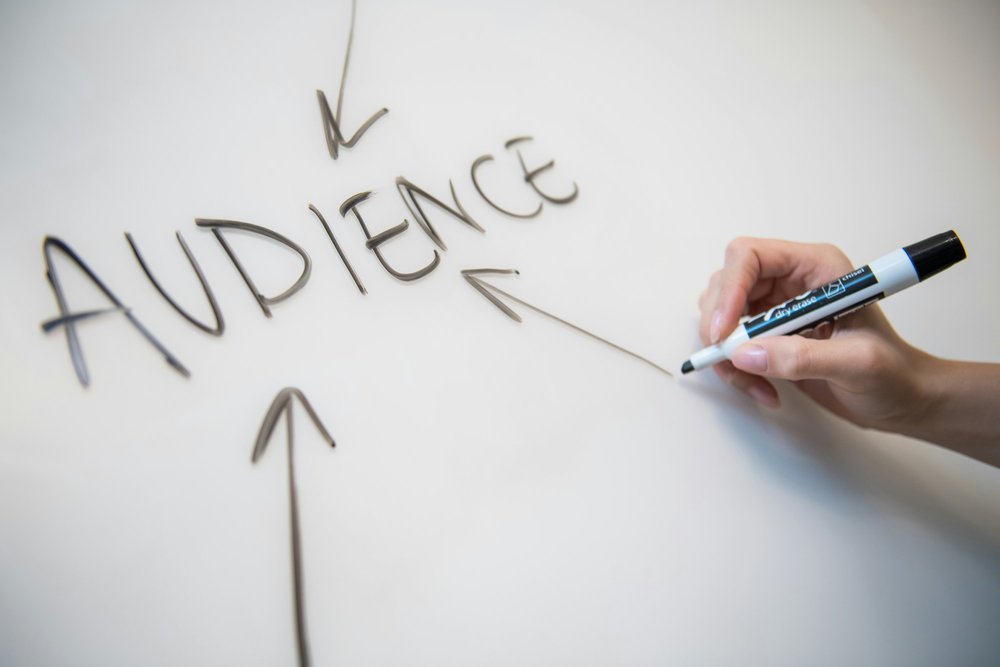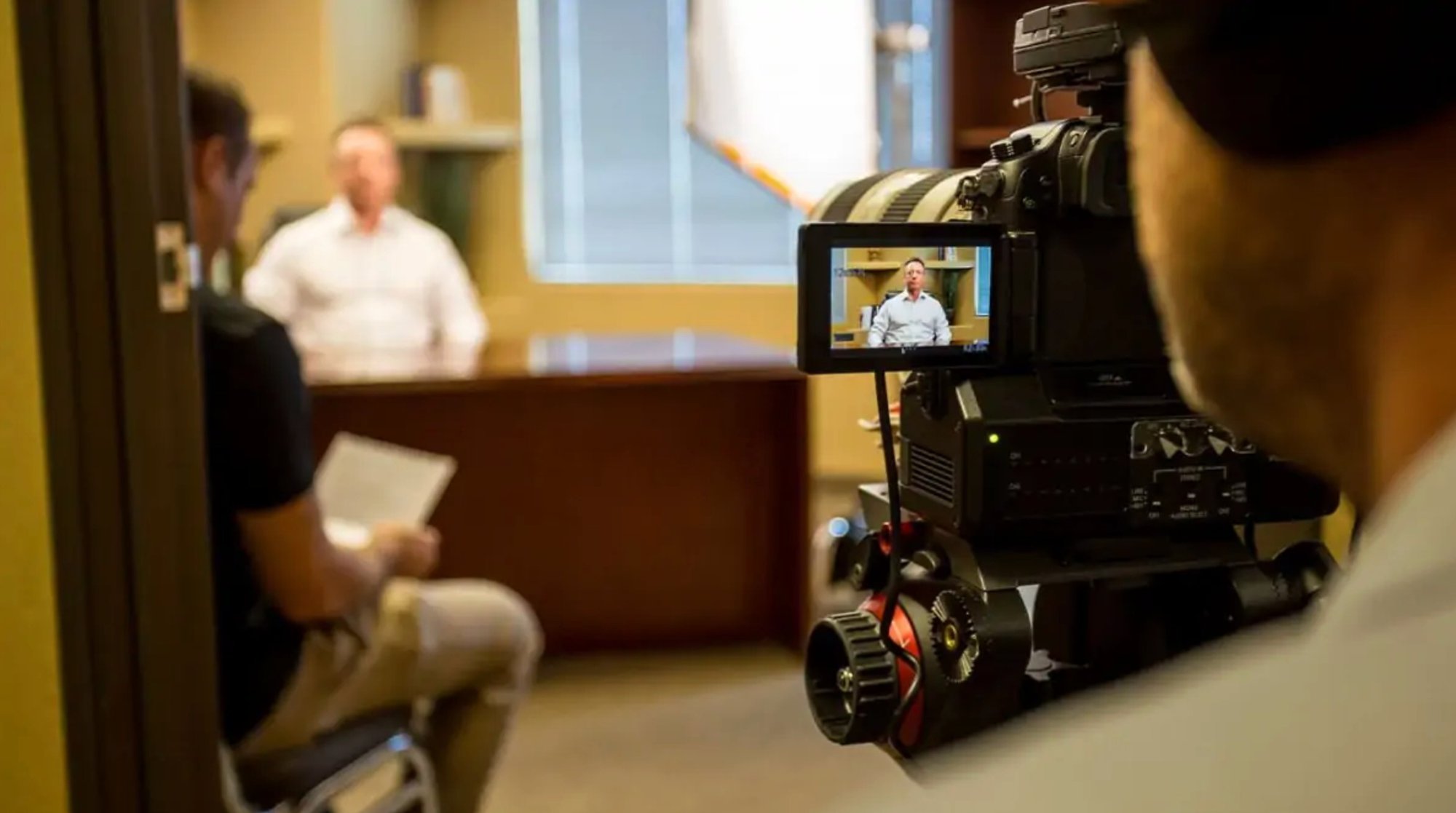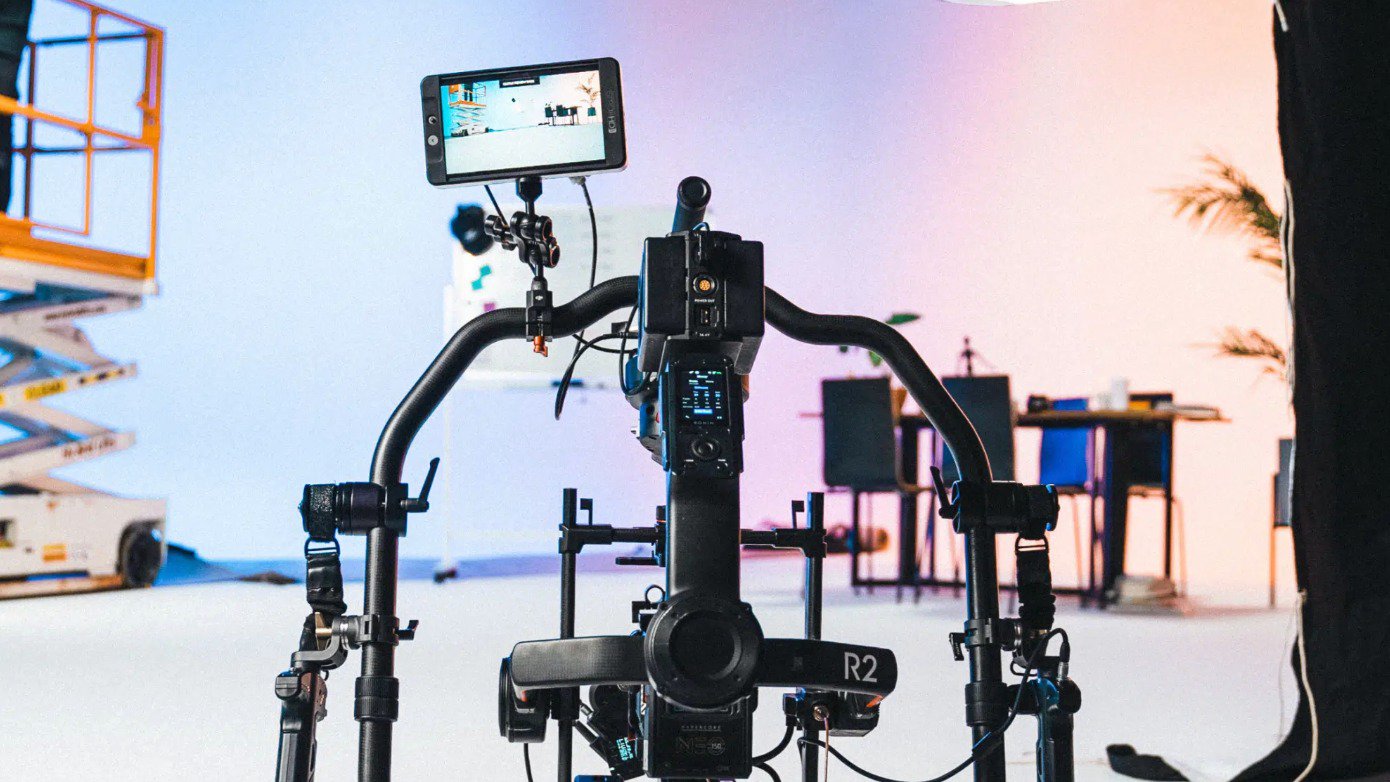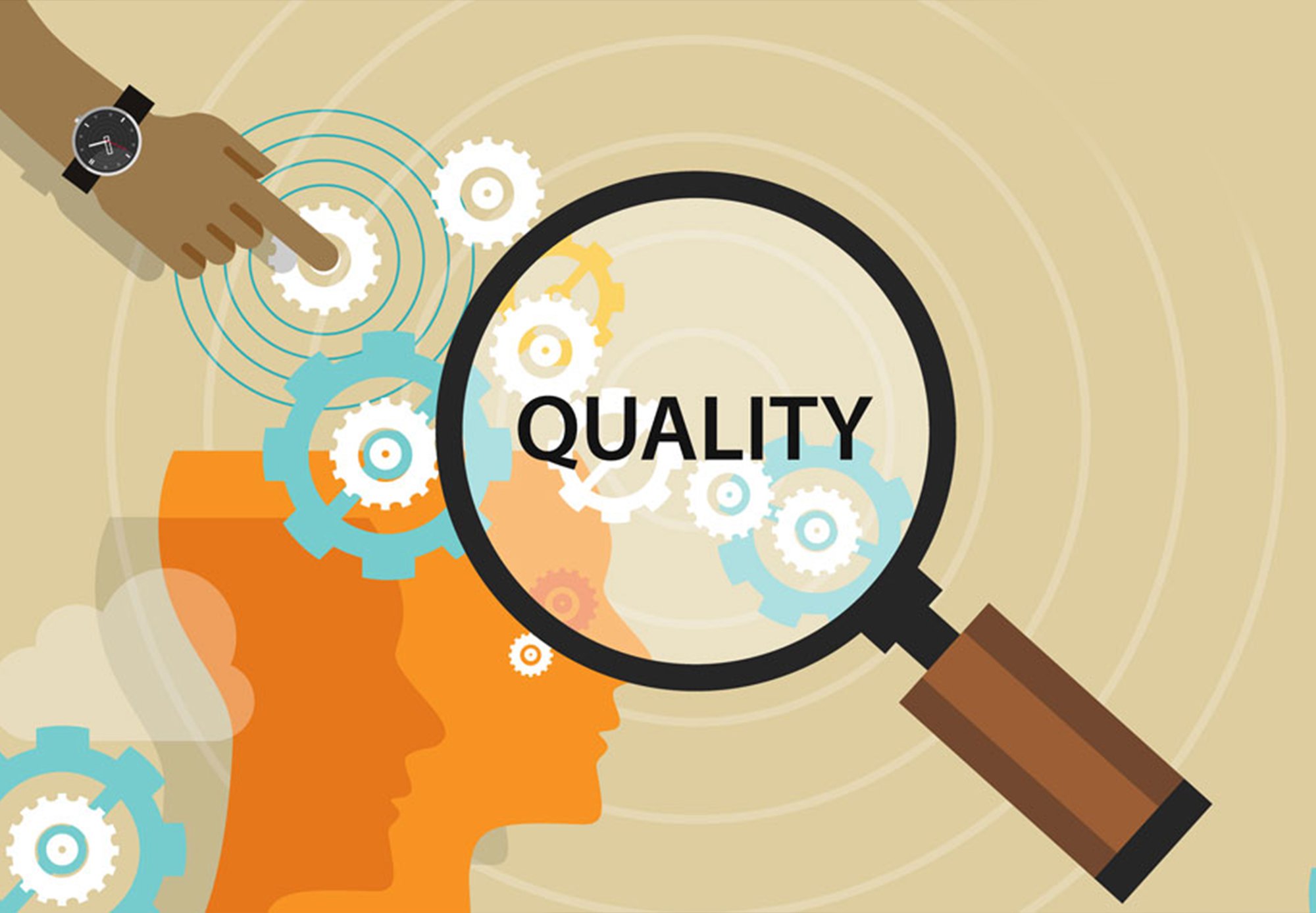What Is Whiteboard Animation?
Whiteboard animation is a powerful form of explainer video that uses hand-drawn illustrations and animated elements on a white background to convey complex ideas clearly and engagingly. Often called whiteboard explainer videos, these animations simplify intricate topics by visually guiding viewers through concepts with animated characters, doodles, and diagrams. This style is widely used in business and education to make content more accessible and memorable.
Why Choose Whiteboard Animation in 2025?

Whiteboard animation remains highly relevant and effective in 2025 because it cuts through information overload with simplicity and clarity. Unlike costly live-action productions, these videos are cost-effective, require no expensive equipment, and can be produced quickly using advanced whiteboard animation software.
Studies show that viewers retain more information and stay engaged longer when watching whiteboard animations compared to other video types. This makes them ideal for educational content, marketing, and product demos. Plus, their shareability on social media platforms helps amplify your message organically.
Key Components of a Successful Whiteboard Animation
To create a whiteboard animation that resonates, focus on these essential elements:
- Clear Focus: Define the specific message or instruction your video aims to deliver.
- Whiteboard Canvas: Use a clean white background that directs attention to the animated visuals.
- Animated Visuals: Incorporate characters, icons, and diagrams that illustrate your points and keep viewers engaged.
- Smooth Transitions: Use natural scene changes to maintain flow and viewer interest.
- Voice Over: Pair your animations with a clear and professional voice-over to narrate and explain concepts effectively.
Together, these ingredients form a compelling story that educates and captivates your audience.
Benefits of Using Whiteboard Animation Videos
Explain Concepts Simply: Break down complex ideas into digestible visual pieces that are easy to follow.
- Boost Engagement: The combination of motion, visuals, and sound keeps viewers focused and interested.
- Increase Knowledge Retention: Visual storytelling enhances memory, helping viewers remember your message longer.
- Cost-Effective Production: No need for actors, locations, or expensive equipment—just a good script and animation tools.
- Versatile Use Cases: Perfect for product demos, training videos, educational content, and social media posts.
- Easy to Share: Whiteboard videos are highly shareable, increasing your reach across platforms.
Examples of Effective Whiteboard Animation
Filters Fast used whiteboard animation to explain their water purification initiative, combining simple black-and-white sketches with color highlights to emphasize key points and encourage donations.
DataSwitch illustrated complex data management challenges with clear, minimalistic drawings that contrasted complicated workflows with their simplified solution, making the video easy to understand in under a minute.
FutureMark showcased retirement fund benefits by pairing relatable characters and straightforward visuals with a reassuring voice-over, helping viewers grasp abstract financial concepts.
These examples demonstrate how whiteboard animation can be tailored to different industries and audiences for maximum impact.
Top Whiteboard Animation Software for 2025
If you want to create whiteboard animations yourself, here are some of the best tools available:
- Animaker: Cloud-based with thousands of templates and a drag-and-drop interface, ideal for beginners without design skills.
- Doodly: Specializes in realistic whiteboard videos and supports various backgrounds like chalkboards and glassboards.
- VideoScribe: Offers a vast image library and easy timeline editing for polished, professional animations.
- Vyond: Provides customizable props and color options, trusted by many Fortune 500 companies for high-quality videos.
Many of these platforms offer free video maker trials, allowing you to experiment with creating your own whiteboard videos in just a few clicks.
How to Create Your Own Whiteboard Animation in 5 Steps
- Define Your Objective: What do you want your audience to learn or do after watching? Focus your message accordingly.
- Storyboard Your Script: Sketch out scenes and plan visuals to ensure a smooth narrative flow.
- Write and Record Voice Over: Craft a clear script that complements the visuals, and record a professional voice-over or use text-to-speech tools.
- Animate Your Scenes: Use your chosen whiteboard animation maker to add drawings, characters, and transitions.
- Edit and Export: Fine-tune timing, add background music or sound effects, then export your video in the appropriate format for your platform. For more details on each stage, learn what to expect during the video production process.
Tips for Creating Engaging Whiteboard Videos

- Keep visuals simple and relevant to avoid overwhelming viewers.
- Use color strategically to highlight important points.
- Match animation pace to voice-over for better comprehension.
- Add background music or sound effects to enhance mood and engagement.
- Incorporate your own images or branding for a personalized touch.
For more tips on creating an engaging video presentation, check out this guide.
FAQs About Whiteboard Animation
Can I create whiteboard animations without design skills?
Yes! Tools like Animaker and Doodly are user-friendly and require no prior design experience. They offer templates and drag-and-drop features to help you create professional animations quickly. Learn more about our animation maker services.
How long should a whiteboard animation video be?
Aim for 1 to 3 minutes. This duration is ideal for maintaining viewer attention while delivering your message effectively. For longer content, consider breaking it into shorter segments. See examples in our portfolio.
What type of voice-over works best for whiteboard videos?
A clear, friendly, and well-paced voice-over is ideal. Professional narration enhances credibility and viewer engagement. You can also use high-quality text-to-speech options if needed.
Are whiteboard animations effective for B2B marketing?
Absolutely. Whiteboard videos simplify complex B2B concepts, making them easier to understand and more persuasive. They are a powerful tool for product demos, training, and explainer content. Explore our B2B video marketing solutions.
For more insights on creating engaging whiteboard animations and to see how they can elevate your brand contact us.









